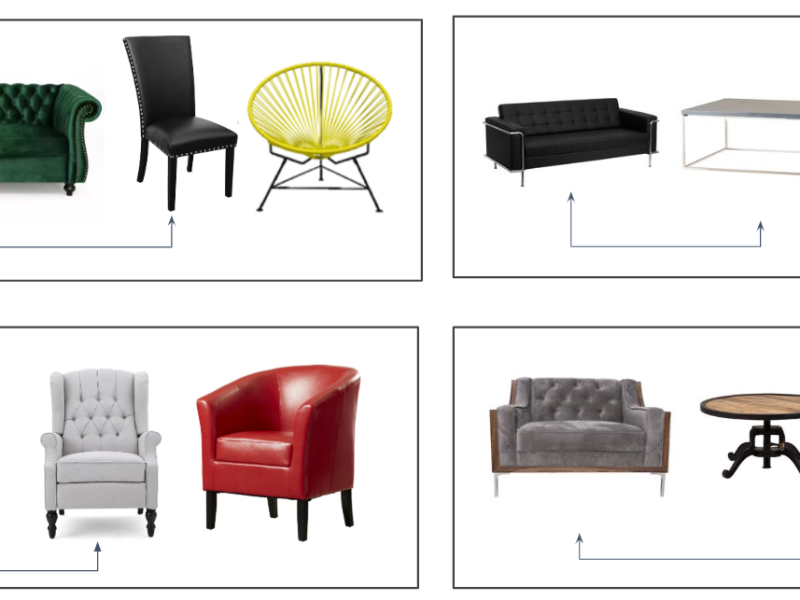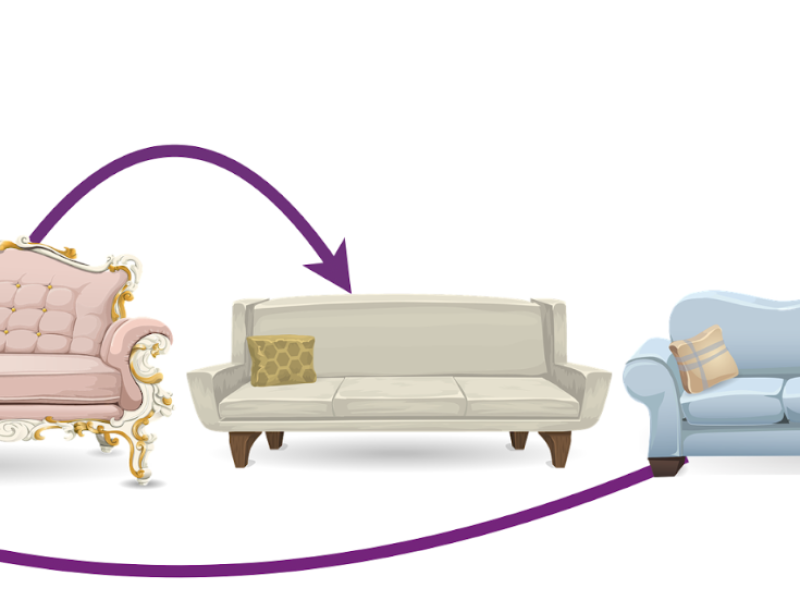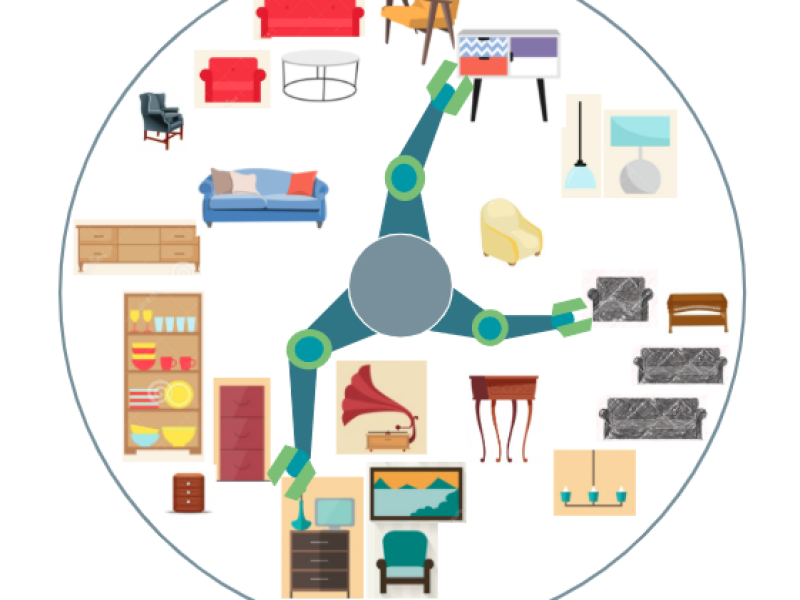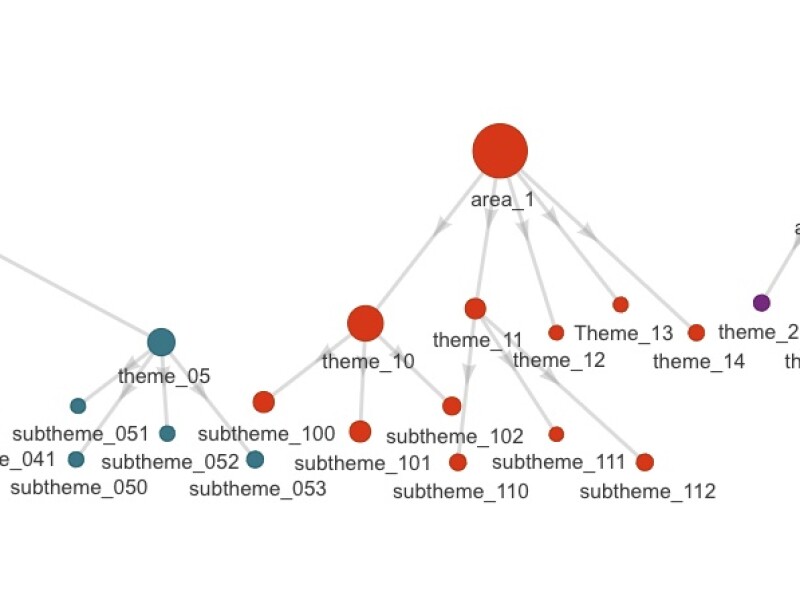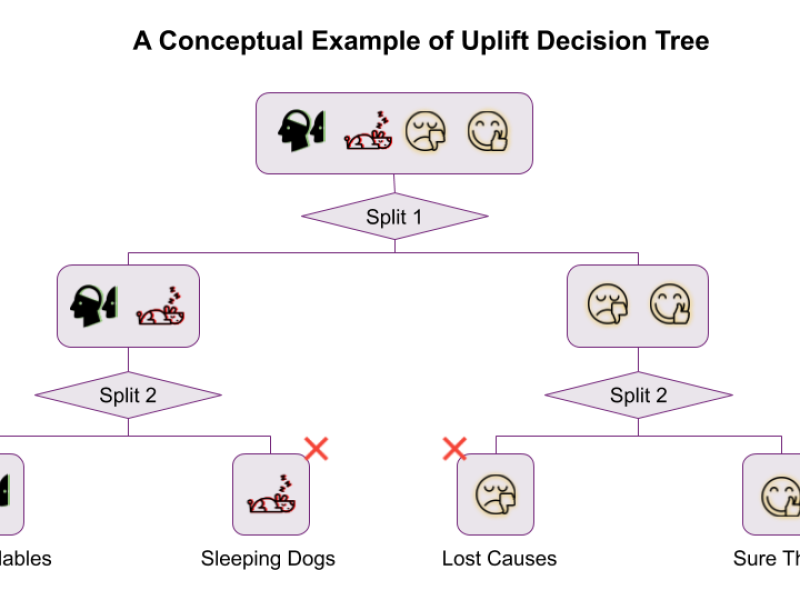‘First impressions matter’.
15 Min Read
Wayfair has a huge catalog with over 14 million items. Our site features a diverse array of products for people’s homes, with product categories ranging from “appliances” to “décor and pillows” to “outdoor storage sheds.” Some of these categories include hundreds of thousands of products; this broad offering ensures that we have something for every style and home. However, the large size of our product catalog also makes it hard for customers to find the perfect item among all of the possible options.
10 Min Read
Introduction
10 Min Read
Choosing between school and work can be an either-or proposition for many, whether for financial reasons or because there simply don’t seem to be enough hours in the day. When faced with this decision myself, I initially shared similar concerns. However, I soon found that at Wayfair this can be an “and” rather than an “or” situation. Wayfair encourages employees to continue their education and provides resources to help them do so. Though doing both is certainly a challenge, for me it has not only been doable, but also very rewarding. I am currently in my last semester of Georgia Tech’s Online Masters in Analytics program, during which I have taken classes in many areas such as statistics, operations research, and computer science. Over the course of my master’s program, I have found that my continued education has helped me greatly in my day-to-day work.
5 Min Read
At Wayfair, we do everything we can to help our customers find exactly the products they need to furnish their homes in the style they envision. But creating all of the necessary elements to allow them to do that is not as easy as one might think. Right now, if an artist designs a new stylistic look for a home from scratch, it takes weeks before we actually get to introduce the products in the market to fit that look. Interestingly, it is not product manufacturing, but the creation of 3D models for these products that is the slowest and most expensive part of this process. There are a few key reasons for this; first of all, 3D models are required for product manufacturing, but 3D modeling software licenses and experience modelers are pricey and hard to come by. Secondly, to create a production quality 3D model (using a software like 3DS Max or Maya), 3D modelers need numerous 2D images of the product from various angles; given this requirement, you can imagine how costly a single rework or a minor change could be.
2 Min Read
Understanding price effects is of high importance to any business, but usually it's not easy to measure. To do this, Wayfair’s algorithms team has been designing modeling and experimental approaches so that we can disentangle the intricate web of causality. In this video, Wayfair Senior Data Scientist Lin Jia explains a couple of ways that we can measure price effects.
1 Min Read
Stylistic preference is an important factor when a home goods customer is deciding which product to buy, but it is very difficult to identify and define. Although designers have established different style categories, labeling a scene as adhering to a particular style is a highly subjective task. Furthermore, customers often cannot verbalize their style preferences, but can identify their preferences by looking at images. Thus, it is crucial to show products in a room context that are tailored to a customer's taste.
1 Min Read
Wayfair sells over 10 million products on our website. This vast selection ensures that customers have numerous options when shopping for a particular item; but it also makes effective, personalized product recommendations of vital importance in helping our customers find products that are relevant to their interests. This week in Wayfair Data Science’s explainer series, Data Scientist Samuel Yusuf discusses the two main domains of collaborative filtering (memory based and model based) and how they can be applied to make predictions on a customer’s preference for a product.
1 Min Read
Experimentation plays a central role in understanding the business impact of data science strategies and solutions. A few weeks ago, Wayfair Data Science Manager Jerry Chen shared one way Wayfair has improved the experimentation process by building a unified test design and measurement platform (Gemini) for our marketing AB tests (read the blog post here!). In this video, Jerry will provide an introduction to running large scale Monte Carlo simulations to validate/optimize test design and measurement methodology using historical data.
1 Min Read

